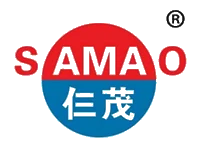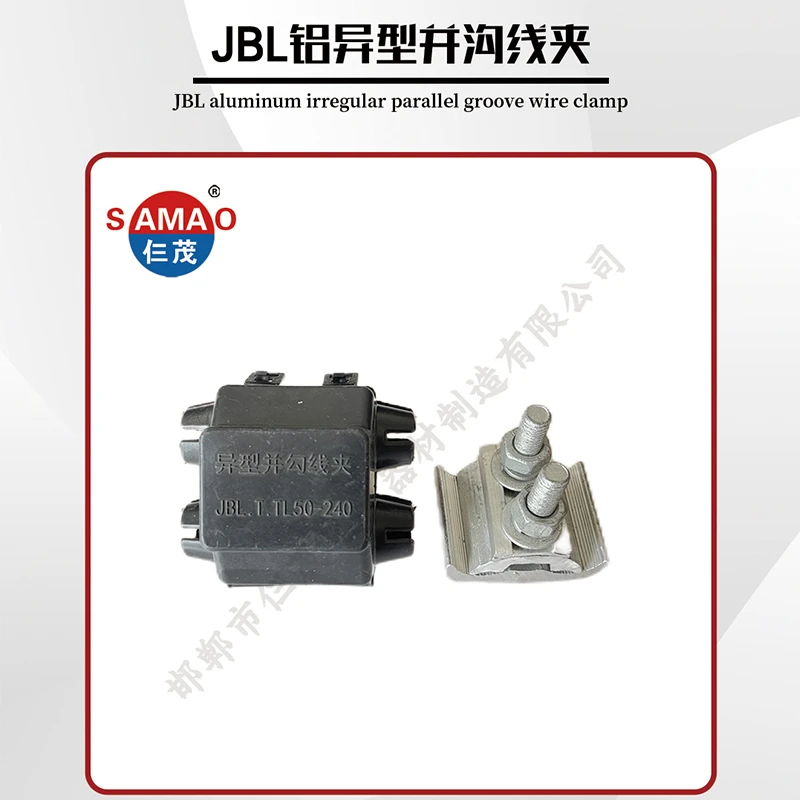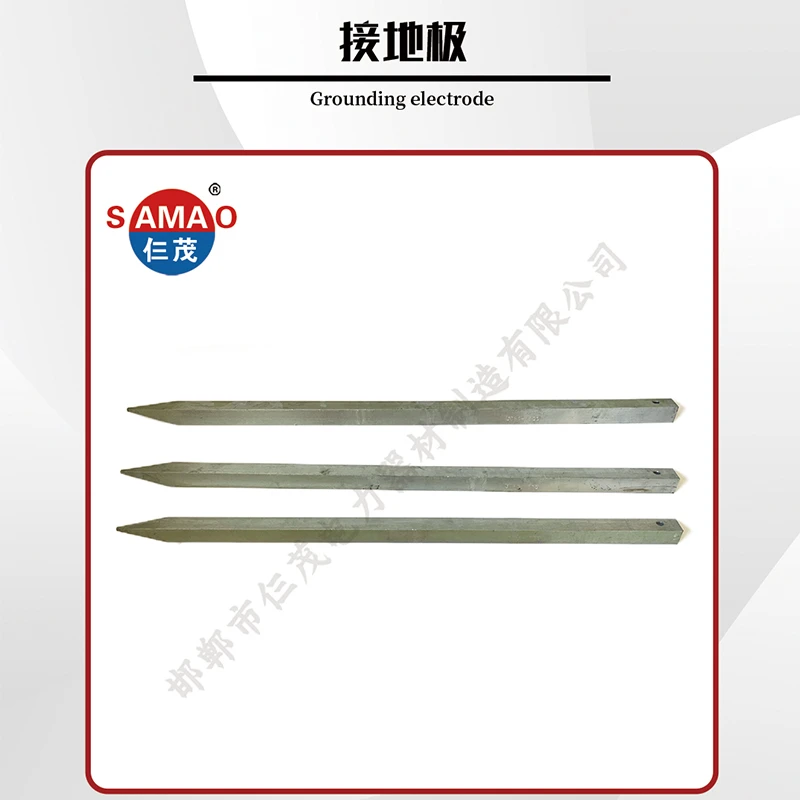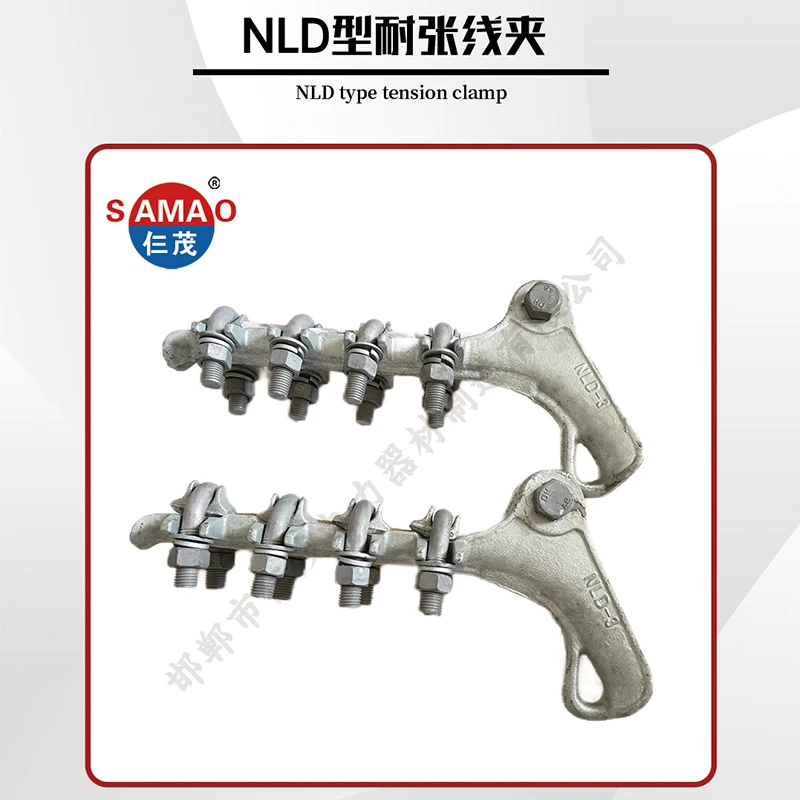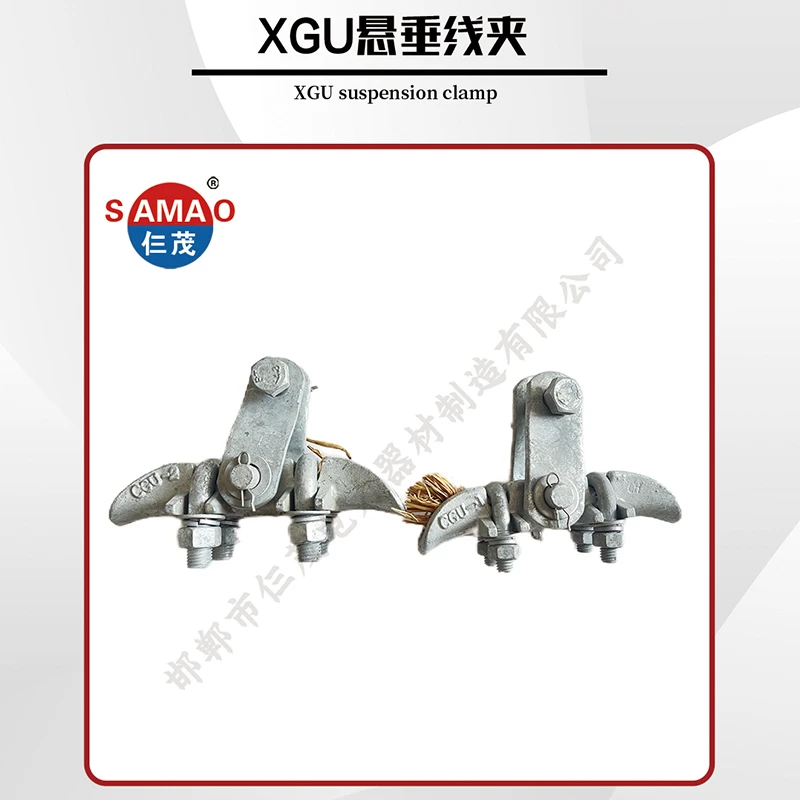Wholesale Suspension Clamp Supplier – Steel & Preformed Types Available
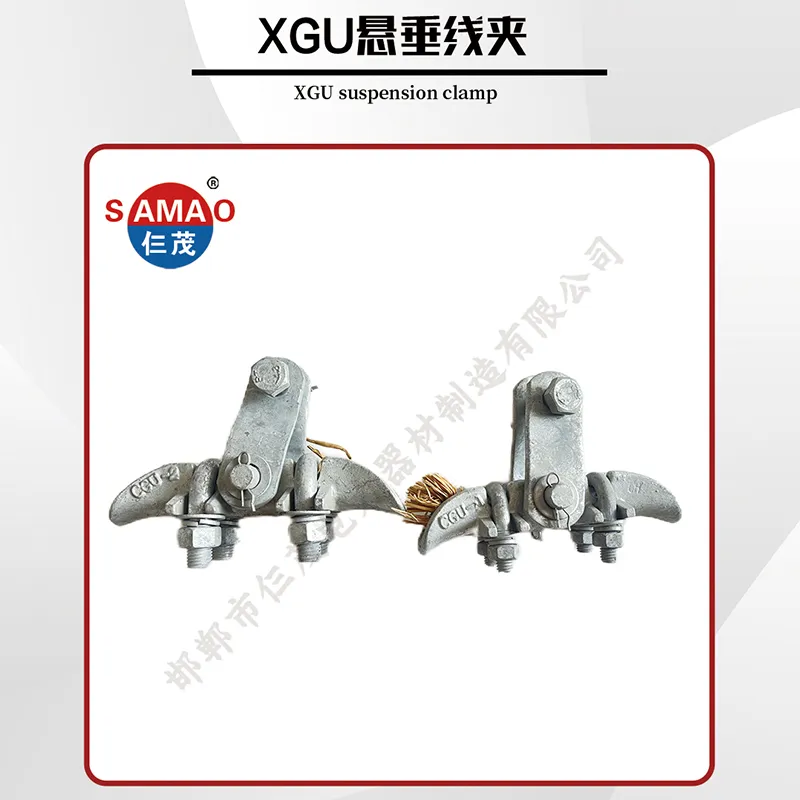
As the global demand for high-performance wholesale suspension clamp grows, industrial operators are seeking reliable solutions that combine durability, advanced engineering, and strict quality assurance. This guide delves deep into the suspension clamp industry, featuring technology trends, technical specifications, manufacturing insights, application case studies, and professional product selection advice.
Keywords: wholesale suspension clamp, angle suspension clamp, preformed suspension clamp, suspension clamp suppliers, steel suspension clamp
1. Industry Trends in Wholesale Suspension Clamp
- Market Growth: Global wholesale demand for suspension clamps is projected to grow at a CAGR of 7.2% (2023–2028), driven by electrification, grid reconstruction, and infrastructure upgrades (Source: MarketsandMarkets).
- Technology Advancement: Preformed and angle suspension clamp variations are increasing in prevalence due to their ease of installation and improved stress distribution.
- Materials Evolution: Steel, aluminum and composite materials dominate the market, with steel suspension clamps trusted for high-load and anti-corrosion performance.
- Quality & Certification: Adoption of ISO 9001, ANSI C119.4 and IEC 61284 standards by leading suspension clamp suppliers ensures product reliability and safety in power and petrochemical sectors.
2. Technical Specifications and Product Parameter Comparison
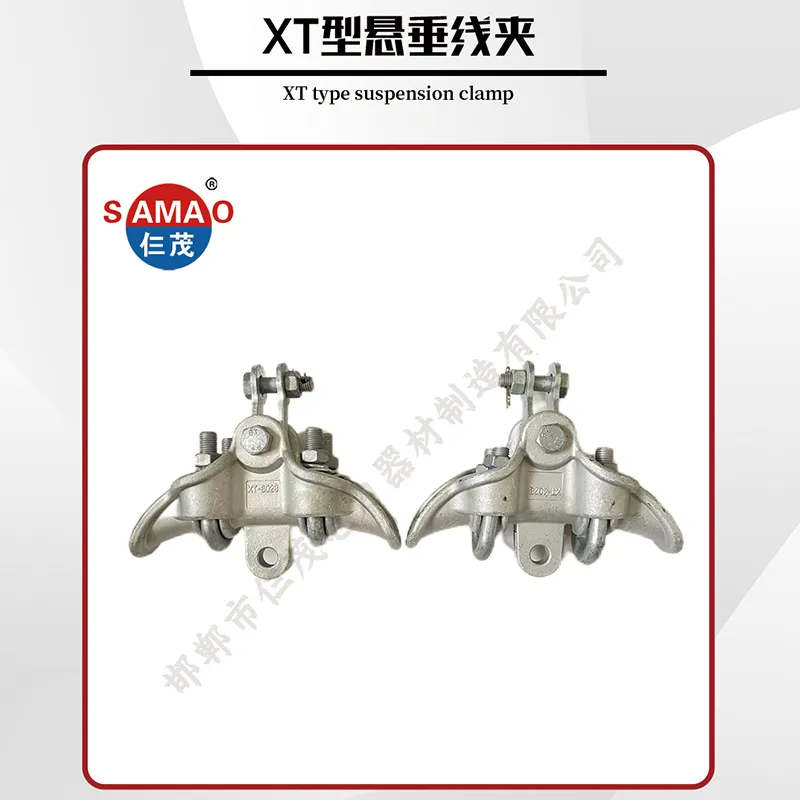
Suspension clamps serve to fix and support conductors or cables on utility poles and transmission towers, protecting lines from mechanical stress and vibration. Major types include angle suspension clamp and preformed suspension clamp, each designed for specific technical and environmental requirements.
Product Specification Table
| Type | Main Material | Conductor Diameter (mm) | Tensile Strength (kN) | Corrosion Resistance | Certifications | Application |
|---|---|---|---|---|---|---|
| Angle Suspension Clamp | Galvanized Steel | 8–40 | 35–120 | ISO 9227 (>1000h) | IEC 61284, ANSI C119.4 | 110/220kV Transmission, Corner Angles |
| Preformed Suspension Clamp | Aluminum Alloy | 10–50 | 28–100 | ASTM B117 (≥800h) | ISO 9001, CE | Medium-Voltage Lines, Grid Branching |
| Steel Suspension Clamp | Hot Dip Galvanized Steel | 12–60 | 50–150 | ISO 1461 (Zinc ≥610g/m²) | ISO 9001, IEC 60826 | Heavy-Duty, Corrosive Environments |
Technical Advantages of Wholesale Suspension Clamp
- Superior Durability: High-tensile galvanized steel prevents deformation and fracture even under sustained dynamic loads.
- Corrosion Protection: Multilayer coatings and passivation extend operating life beyond 25 years in aggressive environments (coastal, chemical plant zones).
- Precision Manufacturing: Computer Numerical Control (CNC), die forging, and advanced casting ensure dimensional consistency and a perfect conductor fit.
- Compliance & Traceability: Strict third-party inspections per ISO/IEC standards, complete lot traceability, and international testing certificates BSI/KEMA.
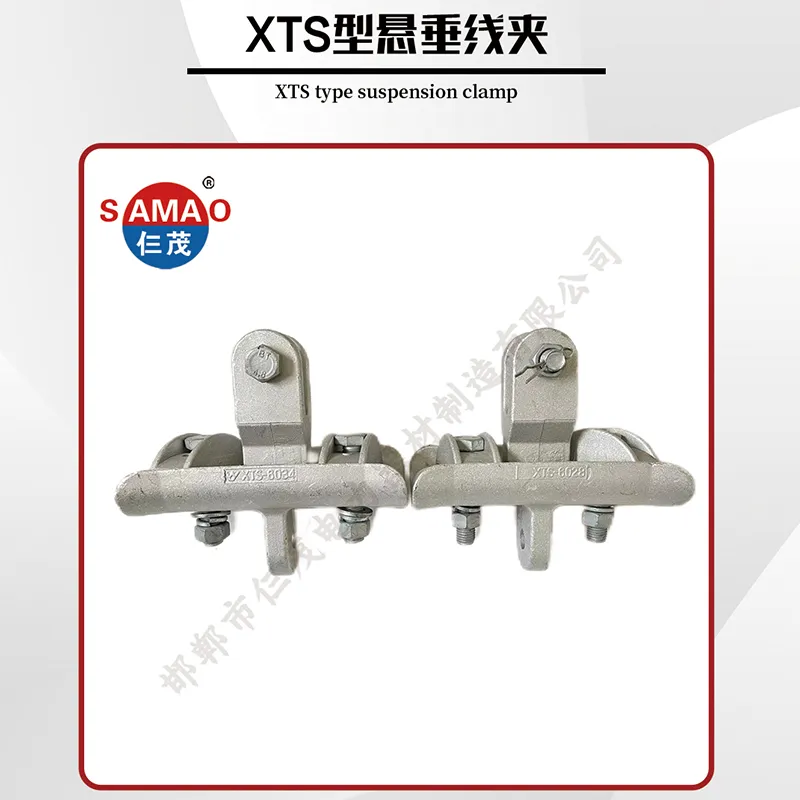
3. Wholesale Suspension Clamp Manufacturing Process (Step-by-step)
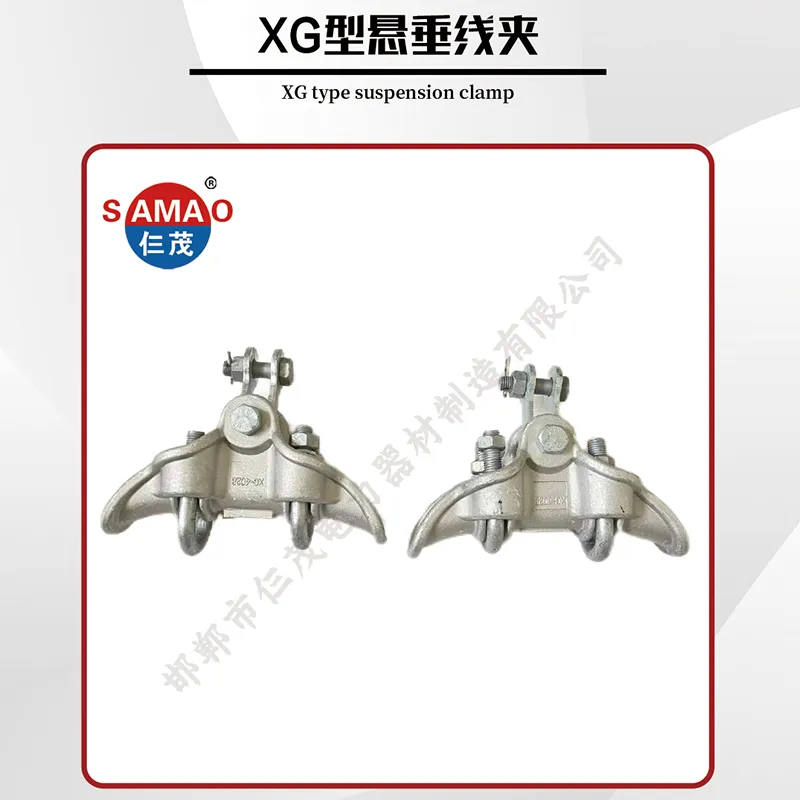
4. Vendor Comparison: Top Suspension Clamp Suppliers
| Supplier | Product Range | Certifications | Annual Output | Global Market |
|---|---|---|---|---|
| SAMAO | Angle, Preformed, Steel, Aluminum | ISO 9001, ANSI, IEC | 2,000,000 pcs | Asia, EU, Americas |
| PFISTERER | High-voltage, Preformed, Polymer | IEC, EN, DNV-GL | 900,000 pcs | EMEA, Americas |
| China Bamaco | Steel, Aluminum, Custom | ISO, QMS | 1,600,000 pcs | Asia, Africa |
| WIESEMANN | Steel, Alloy, Large sizing | ISO 9001, DIN, ROHS | 750,000 pcs | EU, Americas |
5. Tailor-made Wholesale Suspension Clamp Solutions
Industry projects require application-specific, customizable wholesale suspension clamps to match environmental demands, conductor diameters and mechanical loads. Leading suspension clamp suppliers provide:
- Personalized Design: Adapting clamps to cable routing angles, vibration tolerances and corrosion classes (C3–C5 as per ISO 9223), as required by oil & gas, metallurgy, utility grids.
- Material Optimization: Steel suspension clamp and aluminum alloy options tailored to project lifespan and weight constraints.
- Rapid Prototyping: 3D modeling, CNC sample machining within 10–15 working days.
- Engineering Onsite Support: Field measurements, installation audits, and specialist recommendations for replacement/retrofit projects.
- Testing & Quality Assurance: In-house fatigue, salt-spray, and destructive load testing exceeding ISO/ANSI minimums.
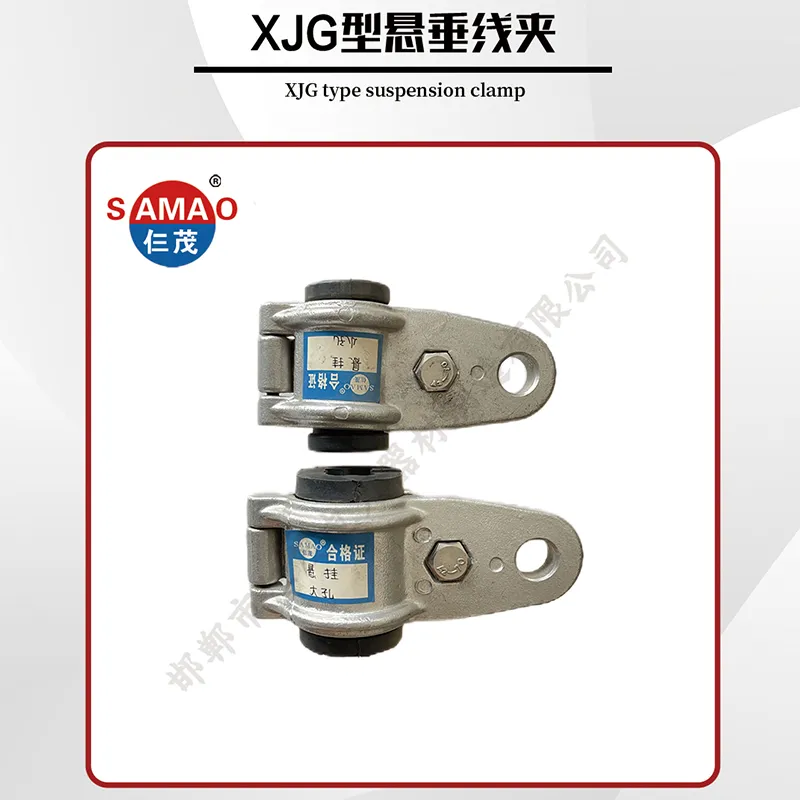
6. Suspension Clamp Technical Data Visualization
7. Application Scenarios & Case Studies
- Electric Utility Transmission: High-voltage wholesale suspension clamps secure 220–500kV transmission lines, ensuring mechanical reliability in typhoon-prone zones (China Southern Grid Project, 2019–2023).
- Petrochemical Plants: Angle suspension clamp installations resist chemical sprays and intensive vibration, with field performance data showing zero clamp failure over 8 years at Yanchang Oil Group.
- Metallurgical Facilities: Preformed suspension clamps minimize conductor abrasion from high wind/corrosive dust – validated by TISCO steel mill expansion lines.
- Municipal & Water Infrastructure: Corrosion-resistant steel suspension clamp options are preferred for water treatment electrical lines subject to constant humidity.
- Renewable Energy Integration: Custom clamps stabilize photovoltaic and wind grid interconnections across mountainous terrain (utility projects in Brazil/India).
Case Study: Coastal Wind Farm Overhead Line Upgrade
In 2022, a 138kV offshore wind power project in Shandong, China, employed heavy-duty steel suspension clamps supplied by SAMAO. Clamps underwent 1200+ hour salt-spray (ISO 9227) and 200kN destructive load testing. The installation resulted in 18% lower energy loss by eliminating micro-vibration breakage and extending maintenance cycle intervals.
- Delivered: 4800 steel suspension clamps, customized grip range 16–42mm
- Lifetime: 30 years design, 10-year corrosion warranty
- Result: 30% reduction in unforeseen outages
Customer Feedback
“We have used SAMAO’s wholesale suspension clamp in four substations and several renewable energy projects. Their product quality, corrosion resistance, and fast custom engineering support are best-in-class.”
— Project Manager, State Grid Corporation of China
8. Suspension Clamp FAQ (Professional Terminology)
1. What is the main material used in a steel suspension clamp?
2. What standards guide the design and testing of suspension clamps?
3. How does a preformed suspension clamp differ from angle suspension clamp?
4. What is the typical clamping force or ultimate tensile strength?
5. How does the anti-corrosion process work?
6. What installation standards must be followed?
7. Can these clamps be custom designed for vibration or seismic zones?
9. Delivery, Warranty and Support
- Delivery Time: Standard wholesale suspension clamp—15–22 working days after order confirmation; custom products may require 25–35 days.
- Quality Warranty: All clamps feature a 12-month warranty; anti-corrosion warranty up to 10 years, based on project location.
- Support: 24/7 technical assistance, free engineering consultancy, third-party laboratory testing results available upon request.
- After-sales Service: Onsite inspection, installation supervision, and immediate defect replacement policy.
10. Authority & References
For further reading, technical discussions and peer reviews on suspension clamp best practices, please refer to:
